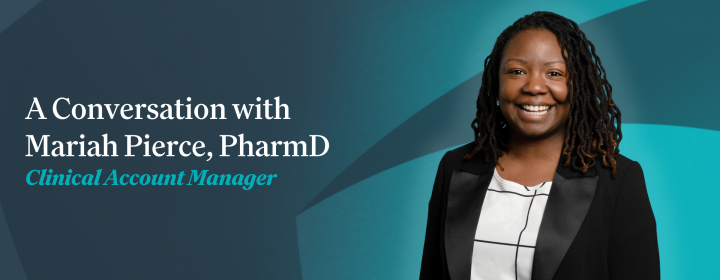
It’s surprising to learn that 66% of adults take an average of 5 medications per day, and 27% of them are taking up to 10 or more per day. Consider the risks behind multiple medications being prescribed by multiple physicians and being dispensed by multiple sources — all to a single patient. Essentially, within the world of medication management, the right hand rarely knows what the left hand is doing.
This compounding effect is scary to think about.
Typically, the proper supervision simply isn’t there. This places the employee at risk of suffering from unwanted side effects due to accidental drug interactions, or even leading to a reaction that could land them in the emergency room. And all of this is aside from whether the prescribed medications are even effective in treating what they were originally prescribed to address.
With so many twisted channels of communication and compounding cocktails of medications, the margin of error can be significant. Commonly, either no one is really checking in or the wrong people are playing “pharmacist”.
Here's the sobering reality. This is an accepted status quo. On the contrary, we at True Rx Health Strategists consider this unacceptable.
In his New York Times article, The Unsung Role of the Pharmacist in Patient Health, Aaron Carrol points out that:
Physicians often don’t have enough information about what patients are taking, or may lack the time to talk to patients about these medications. They fear that stopping the drugs might cause harm or make patients upset.”








